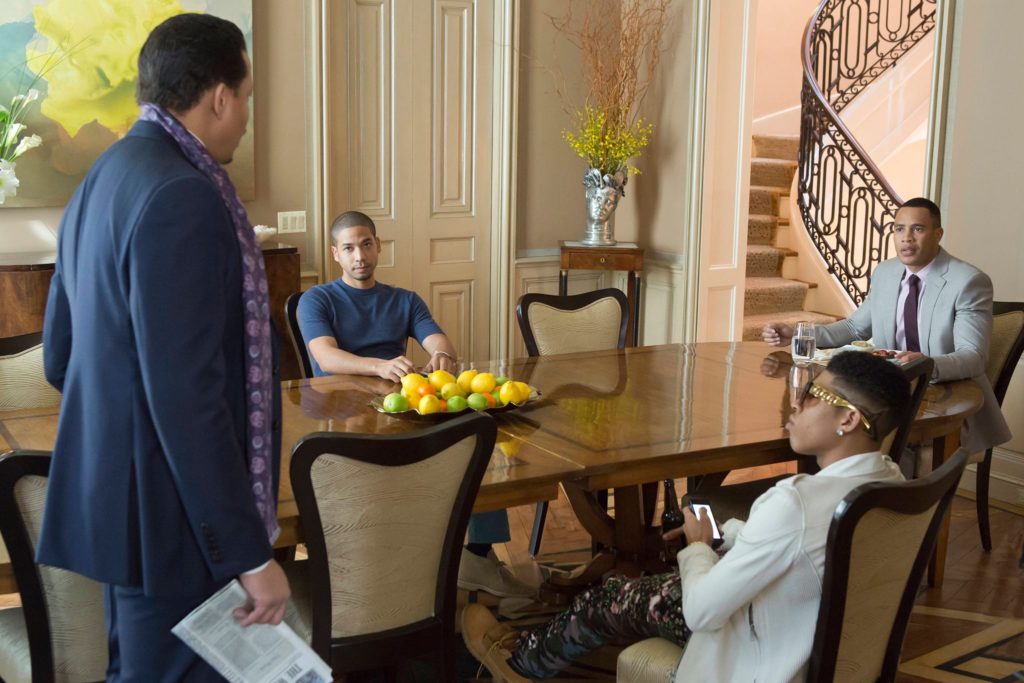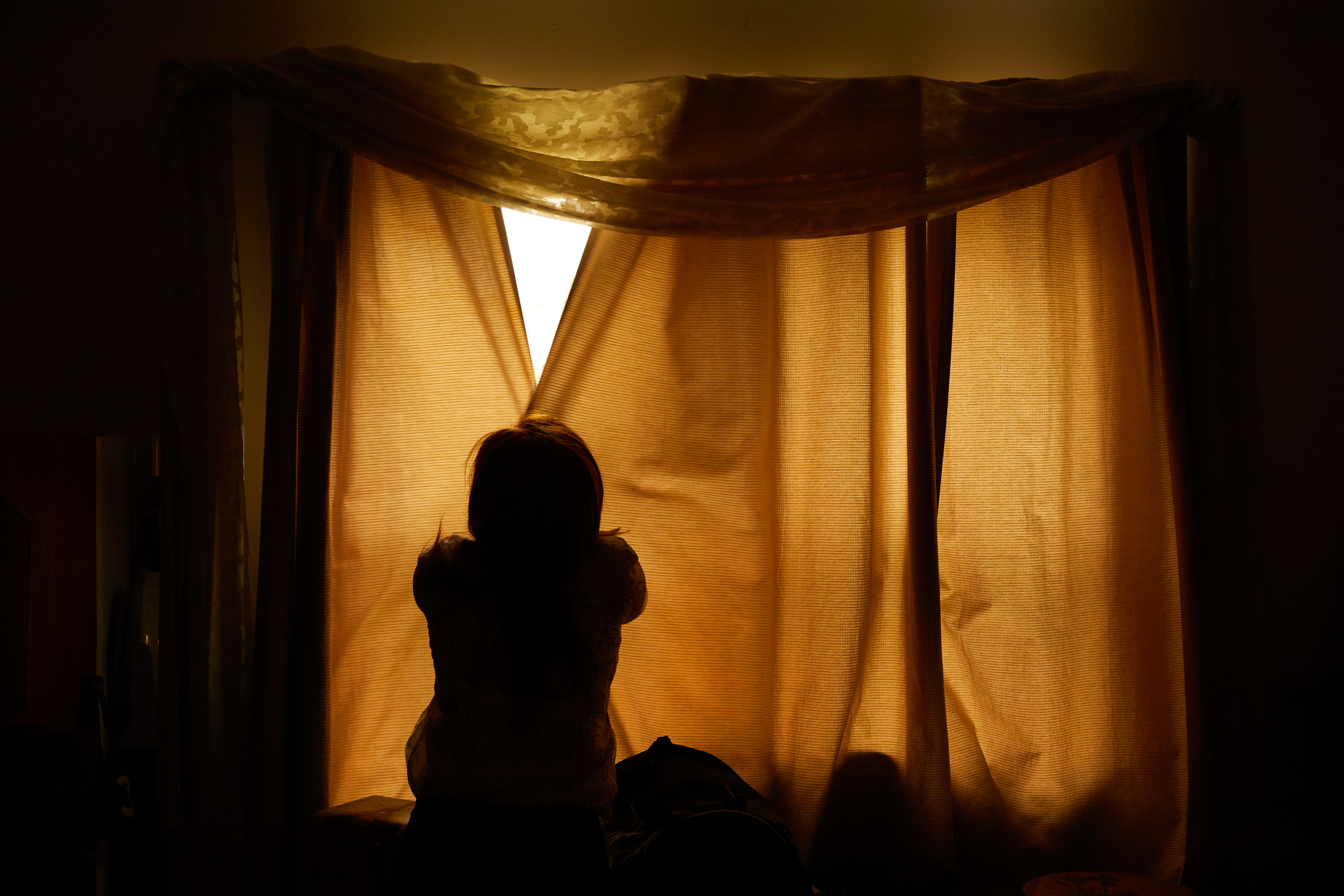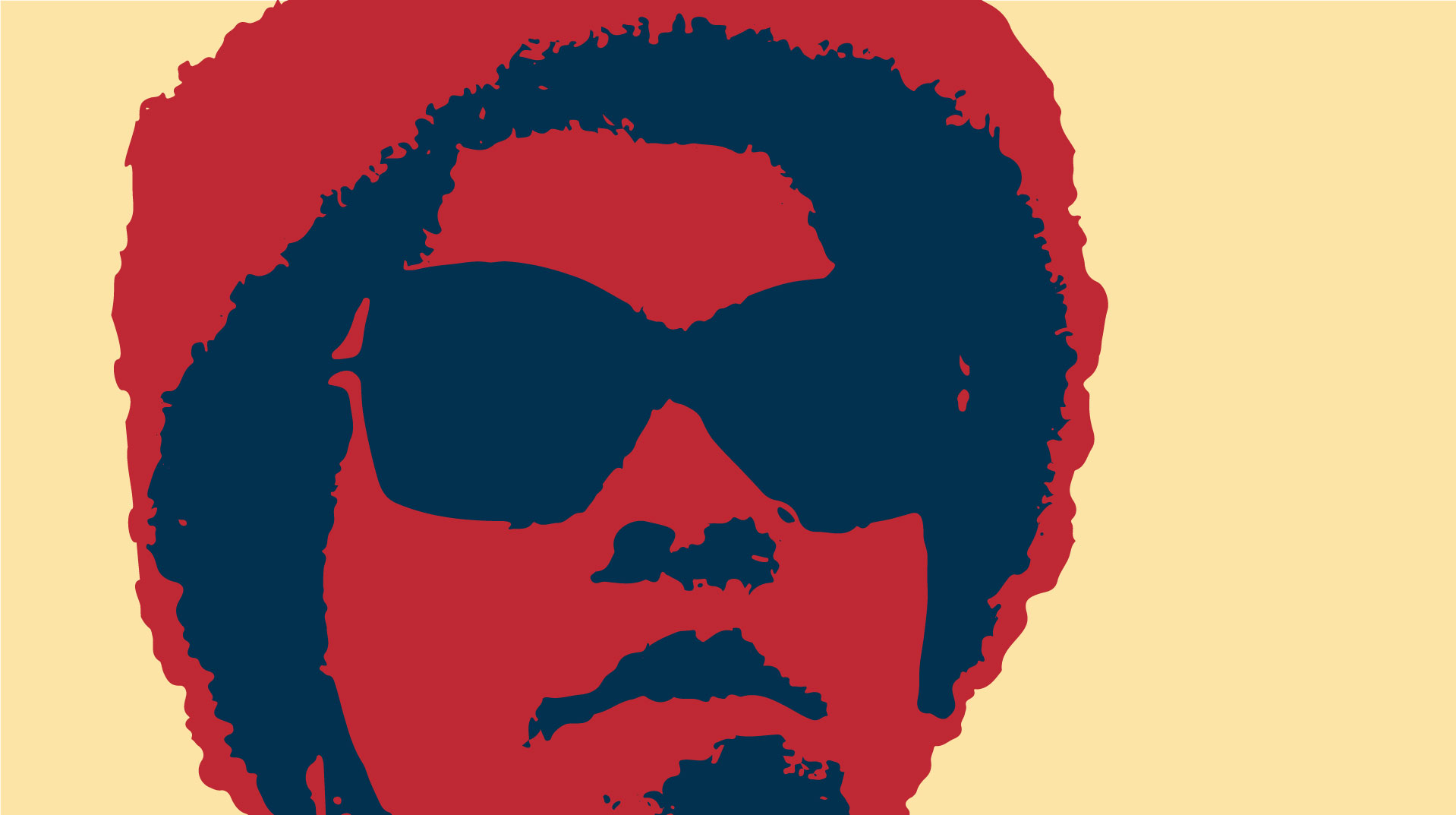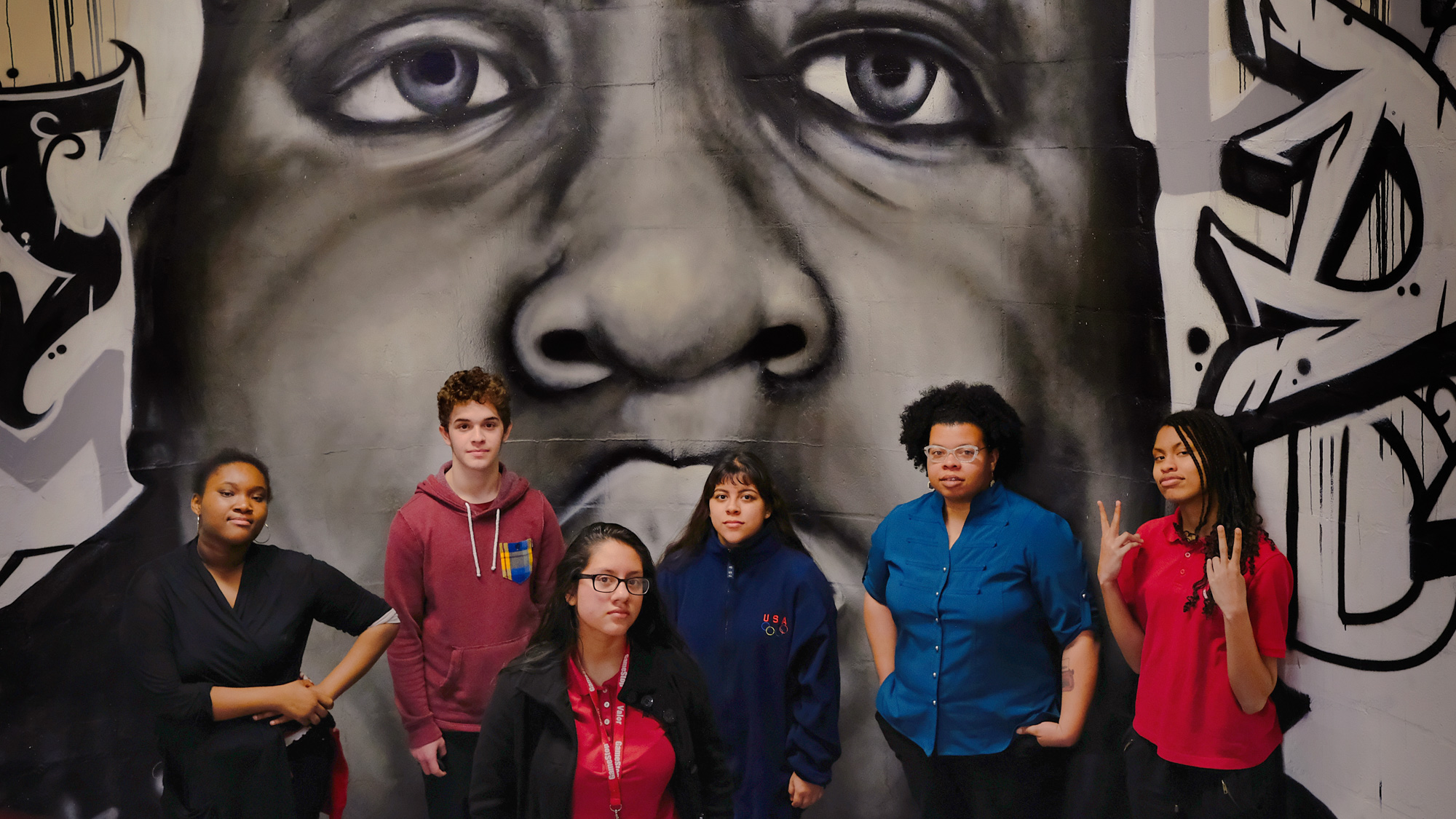
I had a pretty bad day yesterday. Like mercury in retrograde bad.
So my good friend came to the rescue with a two piece and a biscuit and her Hulu Plus password so we could watch Empire.
Don’t judge me.
If you haven’t heard yet (or you aren’t keeping track of black twitter) Empire is a new show directed by Lee Daniels (of Precious and The Butler fame) starring Tariji P. Henson and Terrence Howard chronicling the drama that is Empire Records, a hip hop dynasty.
For you soap opera fans, it’s sort of like the black version of Passions. For other pop culture fanatics it’s like Glee meets Fame (the tv series not the movie) meets Superfly.
Again, don’t judge me.
I wasn’t planning on watching it. I’m not much of a Lee Daniels fan. Plus I don’t have cable. Or TV. Or time.
But I enjoyed it in that way that we unapologetically enjoy over the top terrible pop culture trash.
At least until this happened.
In the middle of episode 2 the family sits around their lavish dining room table, in their lavish mansion, for some lavish reason. Just your average black family. (sarcasm)
Anyway, sometime during this scene a maid walks in and serves Terrence Howard something. We never see her face, only her ample back side. She is on screen for all of 5 seconds.
I immediately turn to my friend and ask: Why is Hattie McDaniel in Empire?
She has no business in this scene whatsoever. She does nothing to move the plot. Or even create a necessary pause in the dialogue. She says nothing. She is ambiance. Essentially she is just a symbol of how rich they are. An ornament of new money.
She is a painfully familiar trope. I found it strange that she was wearing the traditional uniform. Like the one domestic workers were once required to wear. A mark of their labor and a justification for their presence in certain segregated spaces. Contemporary domestic workers look nothing like this. At all. In fact, at one time household laborers protested the uniform requirement. It was sort of like capitalism’s version of the scarlet letter.
In my diligence as a researcher I scoured the internet and did figure out her name. But she has no other acting credits. I really wanted to know who she was. This dissertation research and work with activists and advocates has me wanting to put a name and a story to all domestic workers (real or fictional).
I used to relish in the examination of symbolism as an undergraduate English major. Now it has become a major pain in my ass. The symbol or idea of the domestic worker is probably one of the most powerful images in the American imagination. I think this is what continues to render domestic work invisible.
For those of us who live in urban centers, like New York, we see domestic workers all the time on public transportation or in parks, etc. But we don’t see them. There is this image of these women fixed in our brains that comes with 200+ years of shit. It feels like a brick wall that I have to bang my head against just to talk about something as mundane as the actual labor process that domestic workers encounter. It’s so frustrating.
So when the ghost of Hattie McDaniel appeared on my screen I just wanted to scream: GO AWAY! And not to Hattie. I love Hattie. But to Mammy. And on a black show no less! Ugh!
I wasn’t going to write about this but when I woke up this morning still thinking about it I decided it belonged here on the cutting room floor.



